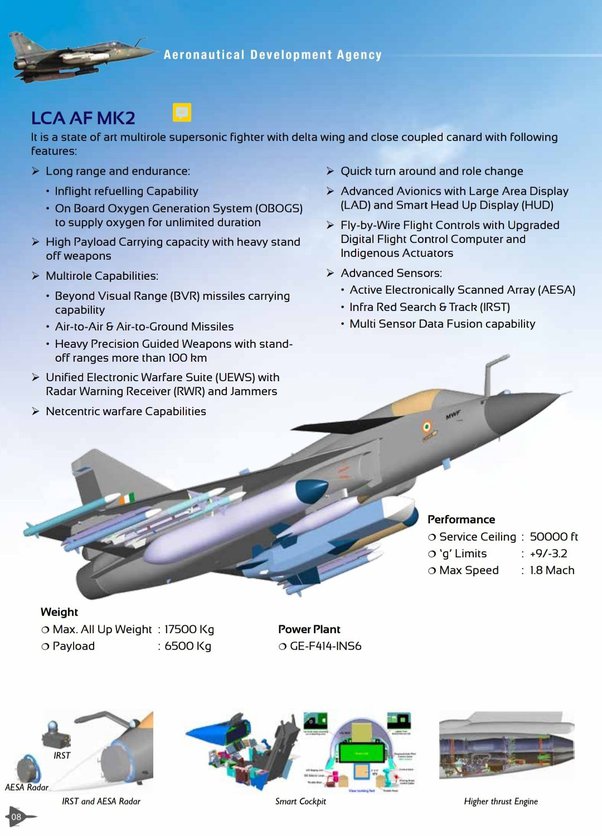GE F414 engine for future HAL Tejas Mk 2 to be manufactured in India under license
The Biden administration is preparing to sign a deal that would allow U.S.-based General Electric (GE) to produce engines for military aircraft on Indian soil, particularly for the HAL Tejas family of fighter jets.
According to Reuters, an agreement allowing joint production of General Electric engines is expected to be signed and announced by the time President Joe Biden receives Indian Prime Minister Narendra Modi on an official state visit on June 22, sources said on condition of anonymity.
Washington maintains strict controls on military technology that can be shared or sold to other countries, so this agreement must be notified to the US Congress before it can be ratified.
GE F404 and F414, the engines of choice for Indian fighter jets
The requirement to manufacture fighter jet engines in India was already on the table when in August 2021, when the Asian giant signed the contract to purchase 99 F404-GE-IN20 engines from GE Aviation, for $716 million, to power the 83 Tejas Mk-1A light combat aircraft contracted in January of that year by the Indian Air Force (IAF).
In this agreement, there is a section that states that the General Electric F414 engines (the same that power the Super Hornet, KF-21 Boramae and Gripen E) will be manufactured under license in India, to equip the future Tejas Mk2. They will be made in India by Hindustan Aeronautics Limited (HAL).
Although GE has offered some technology transfer to HAL, India would be pushing for more key know-how sharing that would eventually enable it to achieve technological self-sufficiency in high-performance jet engines for fighter jets, a particularly difficult area that very few countries have mastered. Although India can manufacture its own fighter aircraft domestically, along with much of its electronics and weaponry, it lacks the capability to produce engines to power them.

After the Tejas Mk 2, the F414 engine could also be chosen to power the TEDBF, a twin-engine derivative of the Tejas designed to operate from the deck of an aircraft carrier, and the future Indian fifth-generation stealth fighter, the AMCA (although there was an agreement with France’s SAFRAN to co-develop the engines for this aircraft).

/https://aviacionlinecdn.eleco.com.ar/media/2023/05/Tejas-Mk-2.png)


Para comentar, debés estar registradoPor favor, iniciá sesión